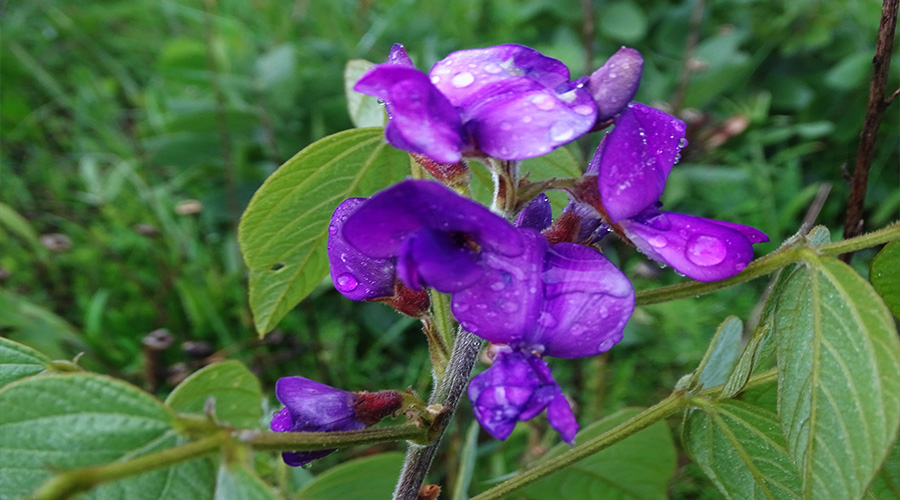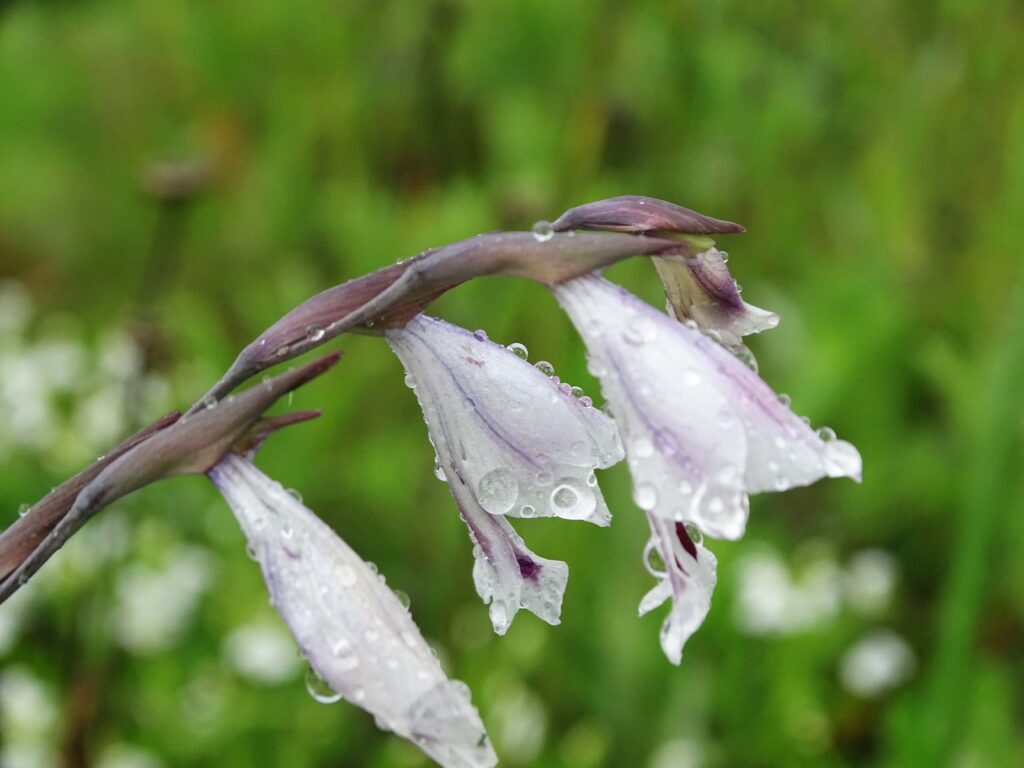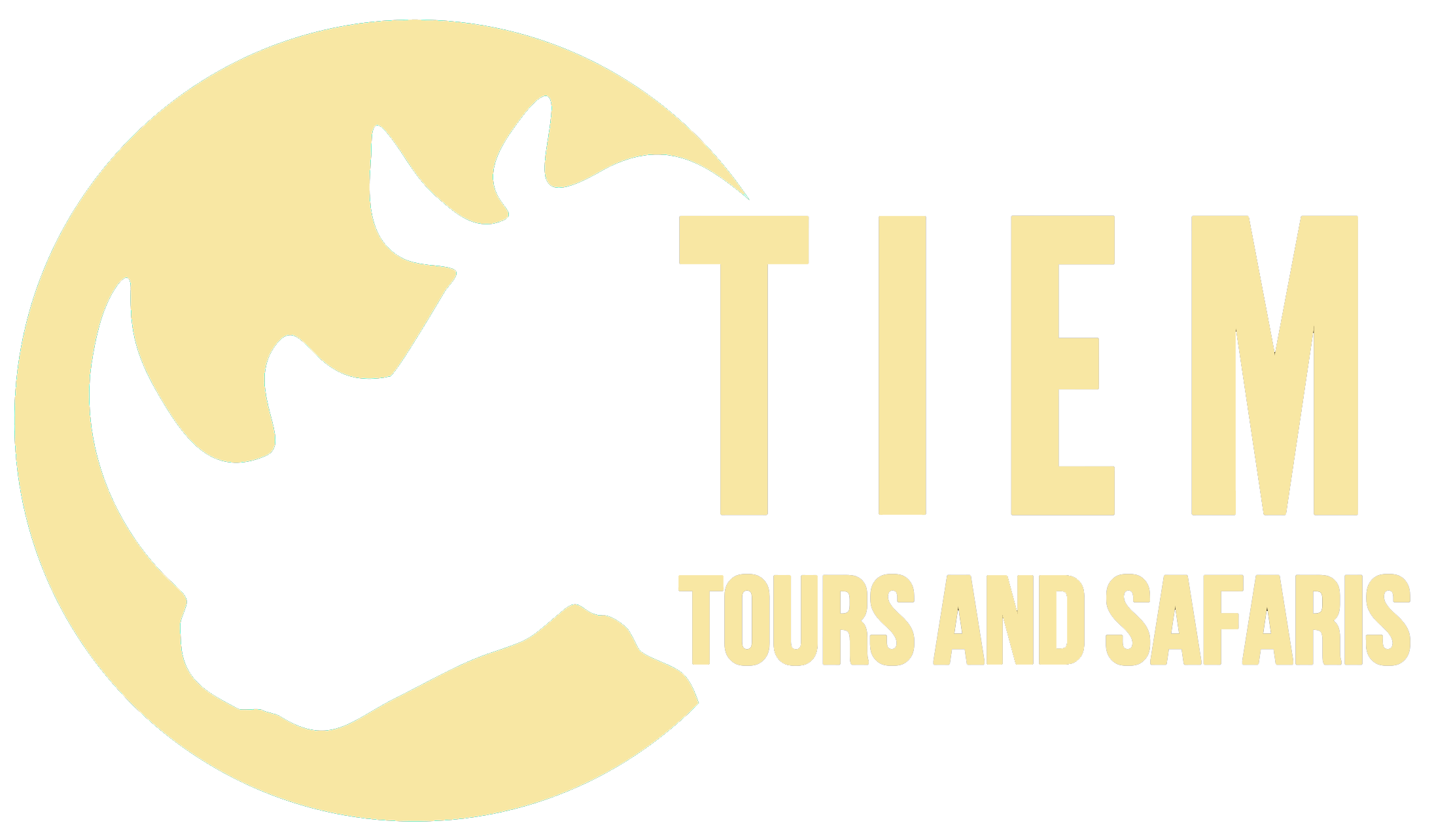Kitulo National Park
Overview
Locals refer to the Kitulo Plateau as Bustani ya Mungu – The Garden of God – whereas botanists have dubbed it the Serengeti of Flowers, host to ‘one of the great floral spectacles of the world’. Kitulo is indeed a rare botanical marvel, home to a full 350 species of vascular plants, including 45 varieties of terrestrial orchids, which erupt into a riotous wildflower display of breathtaking scale and diversity during the main rainy season of late November to April. Perched at around 2,600 metres (8,500 ft) between the rugged peaks of the Kipengere, Poroto and Livingstone Mountains, the well-watered volcanic soils of Kitulo support the largest and the most important montane grassland community in Tanzania. Having its unique flower species remained wild, with birds singing and migrating to the highland forests, Kitulo Plateau National Park is latest and a new comer to Tanzania’s tourist attractive sites.


Kitulo National Park stands alone, boasting of being the only tourist attractive site in the continent offering floristic visits than the traditional wildlife photographic holidays which most tourists to Tanzania are used to experience. Tourists from all corners of the world are now exposed to this park, and are expected to book their itineraries to this new park. There are about 400 plant species, most of them are wild flowers and other such attractive, natural plants, which no doubt at all, will attract visitors to go there. Recorded 45 endemic orchid species are found only in the park than any other part of the world. The park covers 413 kilometers of forest-land, dominated with plants and few wild animals which together form a natural habitat that is tourist attractive by itself. The park’s scenery is as comparable to the Biblical Garden of Eden, as most visitors there say.
